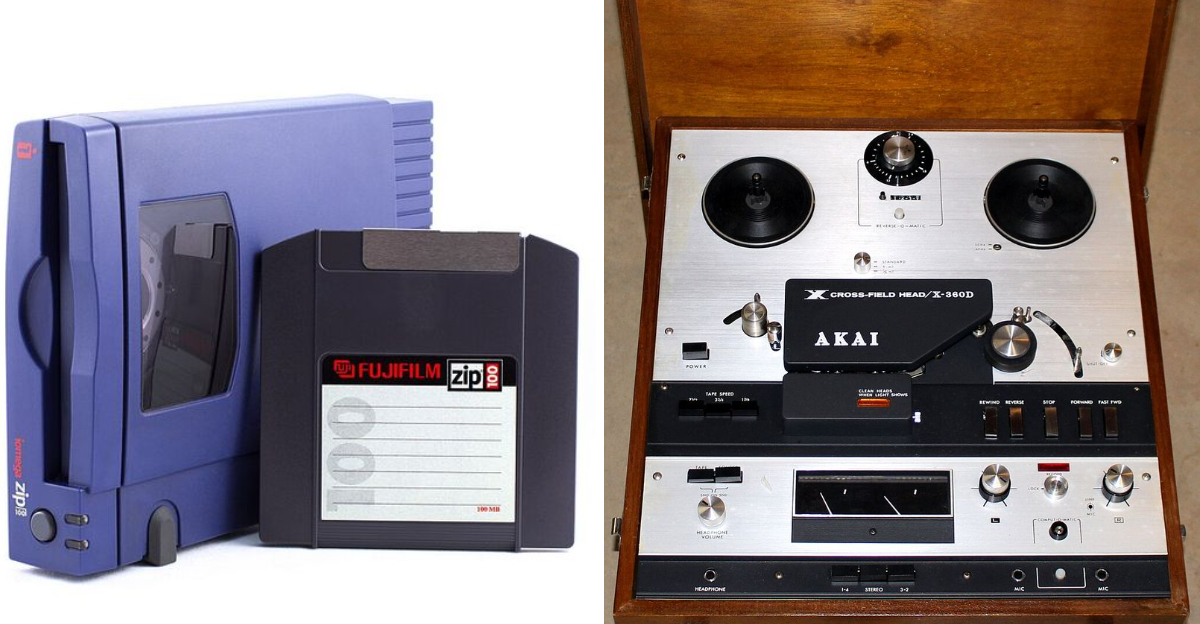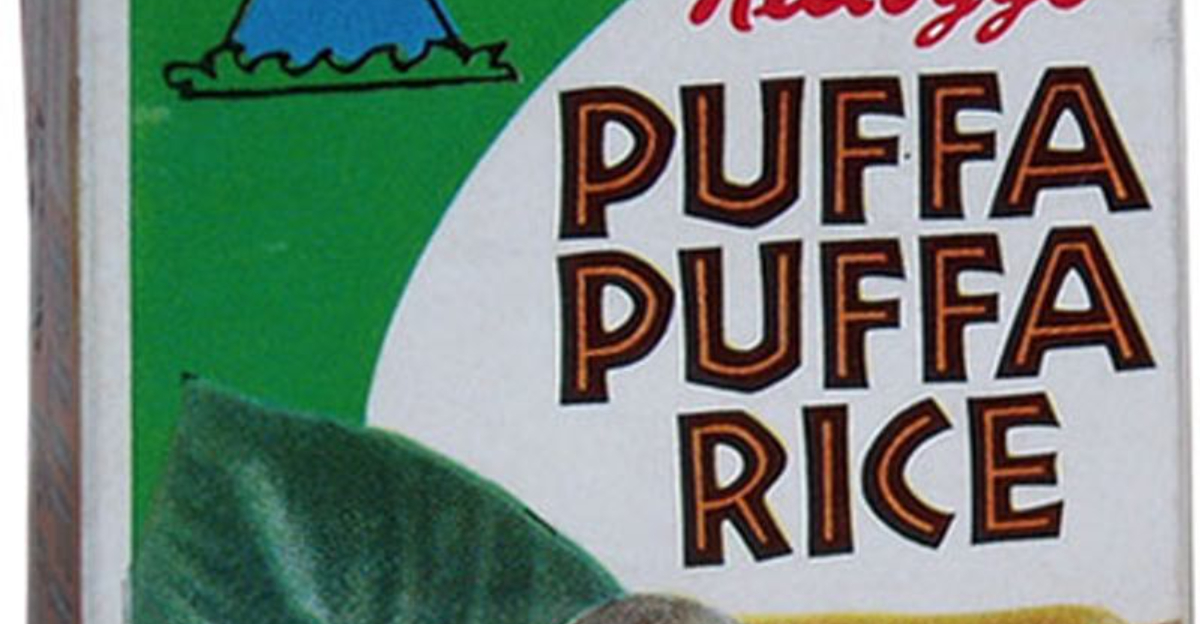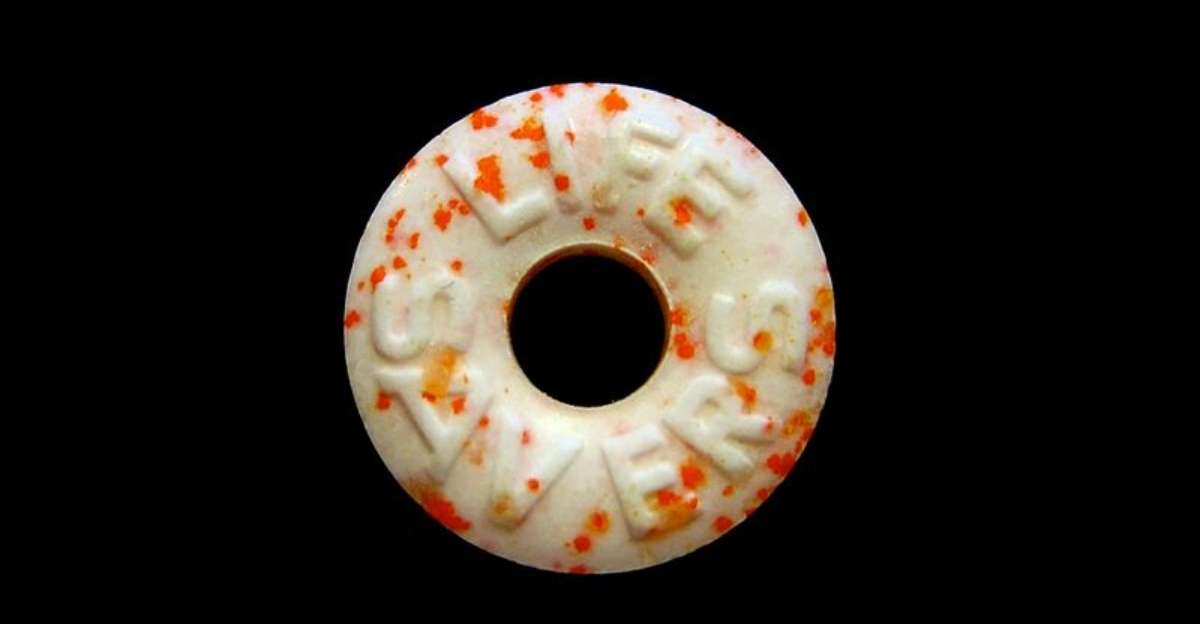12 Surprising Facts About The McDonald’s Big Mac
Few burgers have shaped fast-food history quite like the Big Mac.
Since its debut in the 1960s, this double-decker icon has become more than just a meal – it’s a cultural symbol recognized worldwide.
From secret sauces to economic indexes, the Big Mac holds surprising stories that even longtime fans might not know.
A Pennsylvania Franchisee Invented It
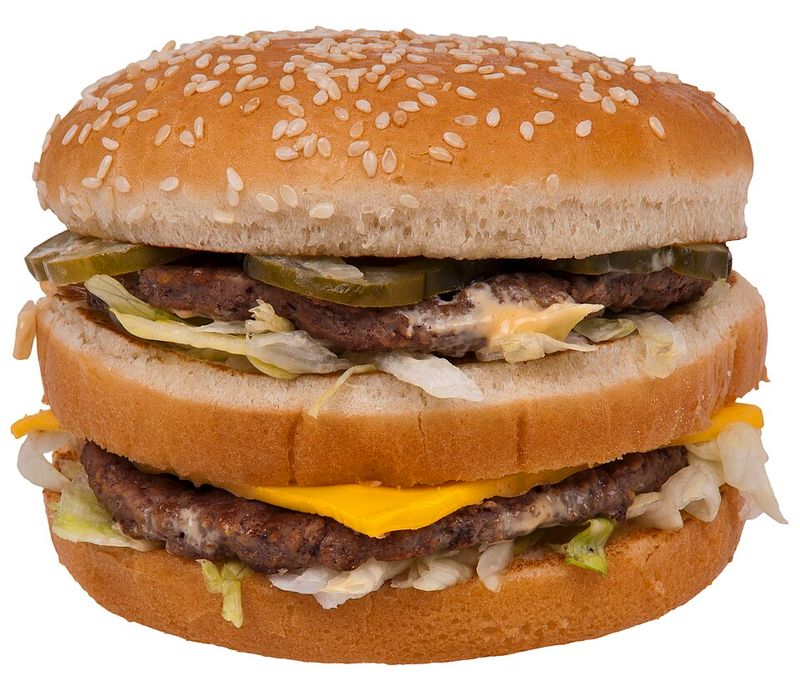
Jim Delligatti wasn’t a corporate executive – he owned McDonald’s franchises around Pittsburgh and wanted something bigger for his menu. In 1967, he launched the Big Mac at his Uniontown location for about 45 cents.
Within a year, the double-decker took off nationwide. What most people don’t know is that this wasn’t a boardroom creation but a local experiment that changed everything.
The Name Almost Flopped Before Launch
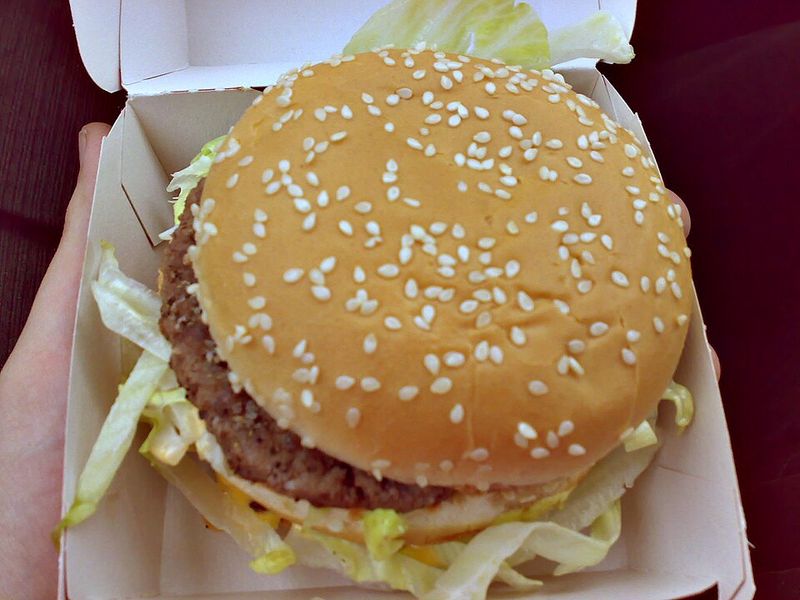
Early brainstorming sessions tossed around names like “Aristocrat” and other formal-sounding titles that felt better suited to fancy restaurants than fast food. Then Esther Glickstein Rose, a corporate secretary, quietly suggested “Big Mac.”
Her simple two-word pitch stuck instantly. Fans still debate whether the alternate names would have slowed the burger’s rise, but “Big Mac” became iconic for a reason.
That Jingle Everyone Still Remembers
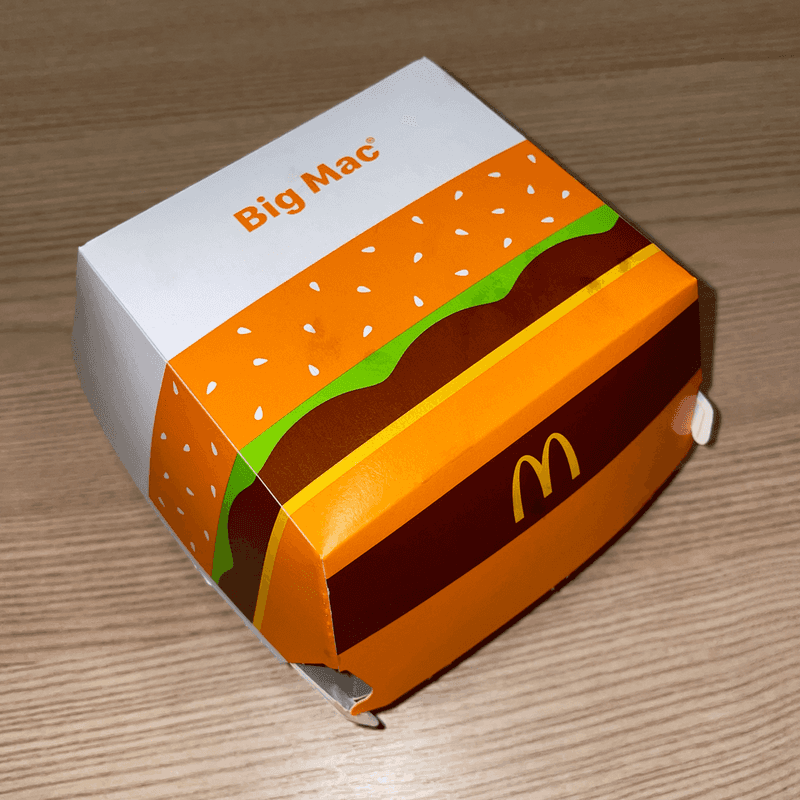
“Two all-beef patties, special sauce, lettuce, cheese, pickles, onions on a sesame seed bun.” If you sang that in your head, you’re not alone. McDonald’s aired this catchy jingle in the 1970s, and it drilled the recipe into millions of brains.
Here’s the twist: decades later, people who haven’t ordered a Big Mac in years can still recite every ingredient perfectly.
Special Sauce Stays Under Lock And Key

McDonald’s guards the Big Mac sauce recipe like a vault combination. Officially, it’s described as a tangy, creamy dressing with hints of Thousand Island flavor, but the exact formula remains a trade secret.
What nobody talks about is how fiercely the company protects those proportions. Knock-off recipes flood the internet, yet none quite nail that familiar zing you get with every bite.
Economists Use It To Compare Currencies
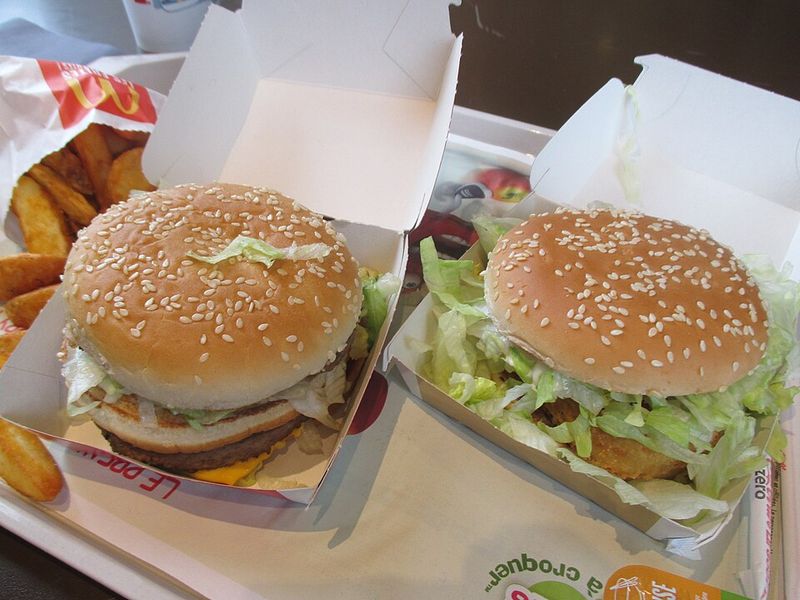
Since 1986, The Economist has published the Big Mac Index, a lighthearted yet surprisingly useful tool for gauging purchasing power across nations. By comparing Big Mac prices globally, analysts spot currency over- or undervaluation at a glance.
Sharp-eyed readers noticed this quirky metric even influences serious financial discussions. Who knew a burger could double as an economic barometer?
Oversized Cousins Rule Regional Menus
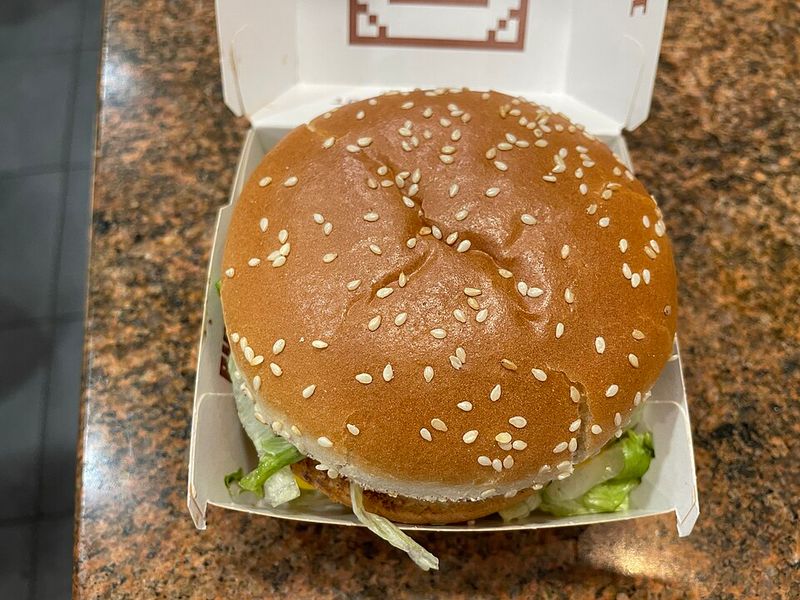
Think the Big Mac is big? Wait until you meet the Double Big Mac or Mega Mac, which pack four patties instead of two. Alaska once offered the Denali Mac with quarter-pounders, and India serves the Maharaja Mac with chicken.
The part nobody expected: these regional spinoffs often outsell the original in their home markets, proving bigger isn’t always overkill.
A Museum Celebrates Its Legacy

North Huntingdon, Pennsylvania hosts the Big Mac Museum Restaurant, opened in 2007 to honor Jim Delligatti’s creation. Inside, you’ll find a towering Big Mac sculpture, vintage ads, and memorabilia tracing the burger’s journey from local experiment to global sensation.
Locals whisper about this place like a pilgrimage site for fast-food fans. Did you know about this quirky tribute?
It Became Shorthand For Globalization
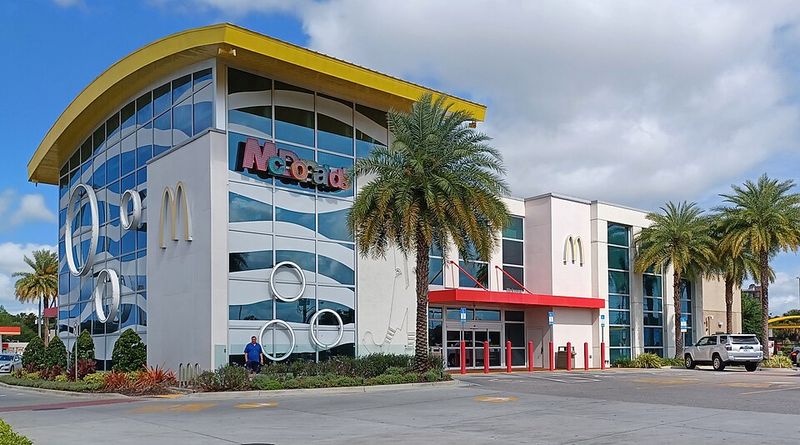
Pop culture and academic circles alike treat the Big Mac as a symbol of American fast-food dominance spreading across borders. Whenever journalists discuss globalized capitalism or consumer culture, this burger makes a cameo.
But here’s where it gets interesting: some countries adapt the recipe to local tastes, turning a symbol of uniformity into a canvas for regional flavor twists.
Calorie Counts Shift By Country
A U.S. Big Mac clocks in around 580 calories, but versions abroad vary slightly due to local recipes and portion tweaks. Some markets add extra sauce or adjust bun sizes, nudging the calorie total up or down by small margins.
What most people don’t know is that these differences reflect regional taste preferences, not just nutritional regulations.
Sales Numbers Reach Staggering Heights
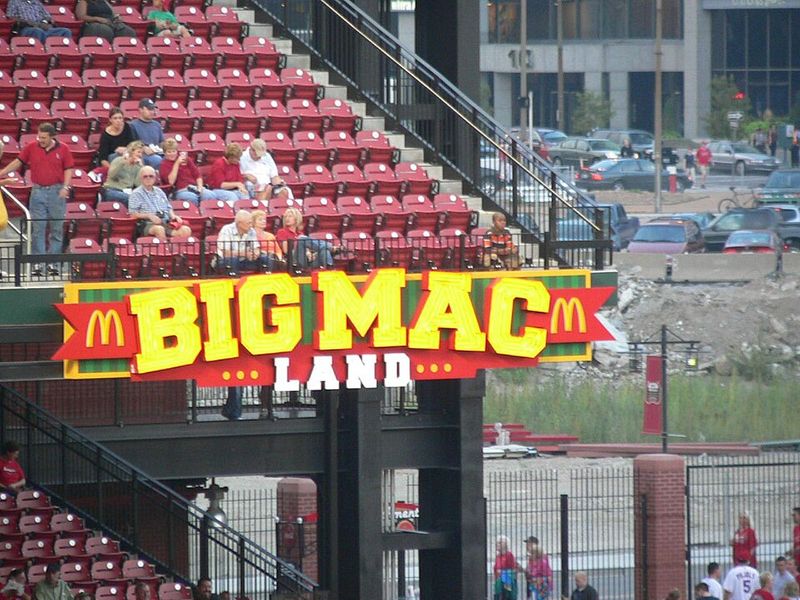
By the mid-2010s, McDonald’s was moving hundreds of millions of Big Macs every year in the United States alone. That’s not counting international markets, where the burger pulls similar or even higher volumes.
Fans were stunned when these figures surfaced, realizing just how central one sandwich is to the entire chain’s success. Would you have guessed those numbers?
Recipe Got A Modern Makeover
In 2018, McDonald’s announced it would strip artificial preservatives, flavors, and added colors from classic burgers, including the Big Mac. The goal was keeping that nostalgic taste while meeting modern ingredient expectations.
Regulars say most people miss this detail entirely, assuming the recipe never changed. The familiar flavor stayed, but the ingredient list quietly cleaned up behind the scenes.
Three-Part Bun Makes All The Difference
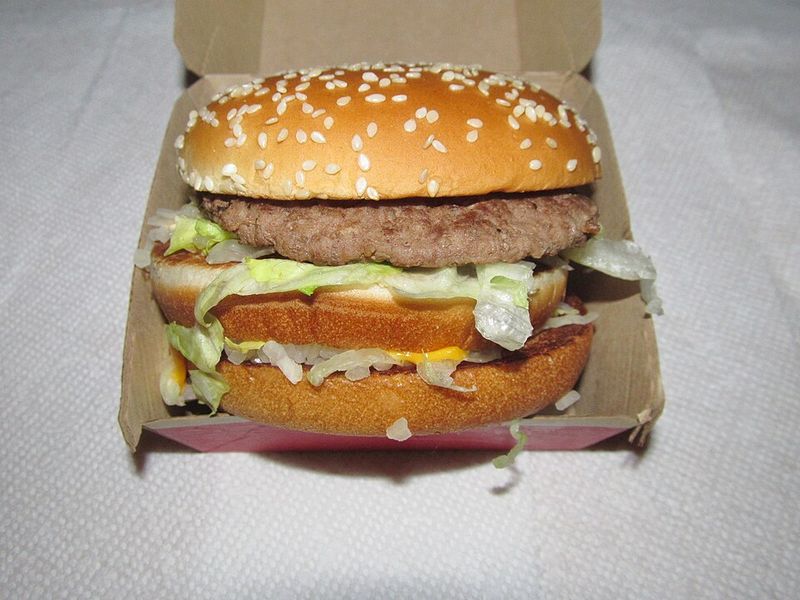
Most burgers use two bun halves, but the Big Mac stands out with a three-piece sesame seed setup: top, middle club layer, and bottom. That extra slice of bread creates the signature double-decker structure and helps balance the sauce and toppings.
Some people swear this design is overengineered; others treat it like a stroke of genius that prevents soggy bites.

